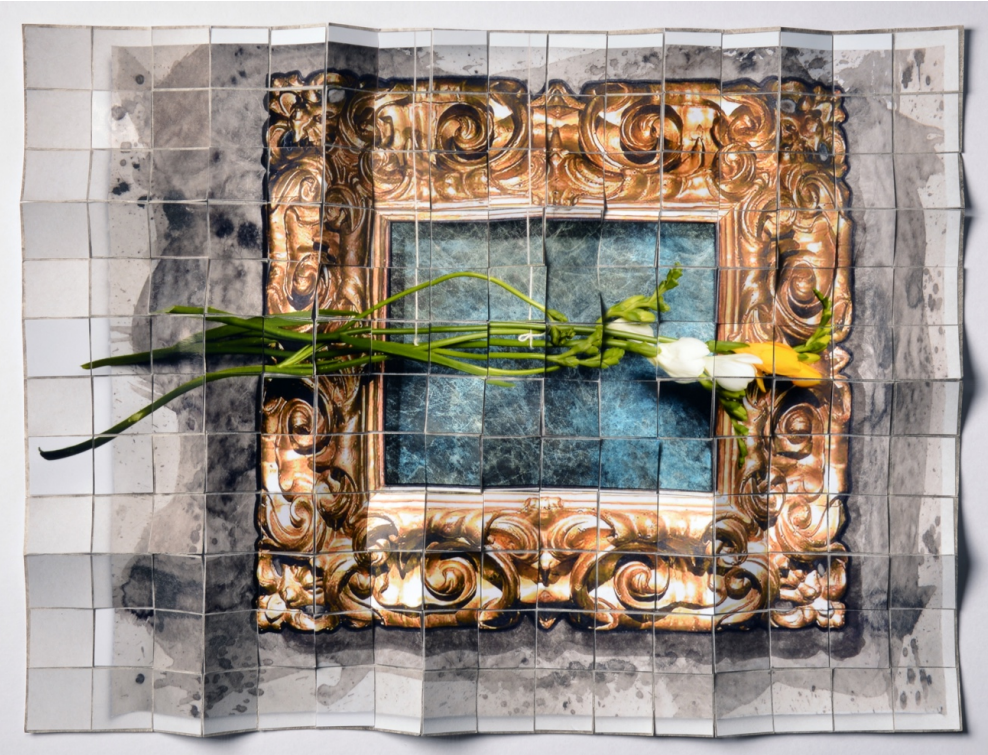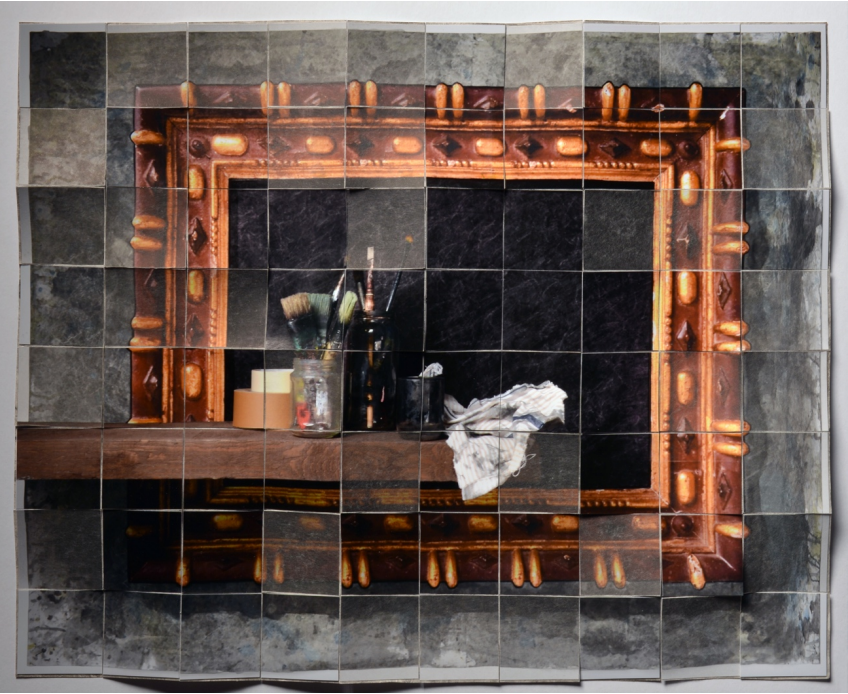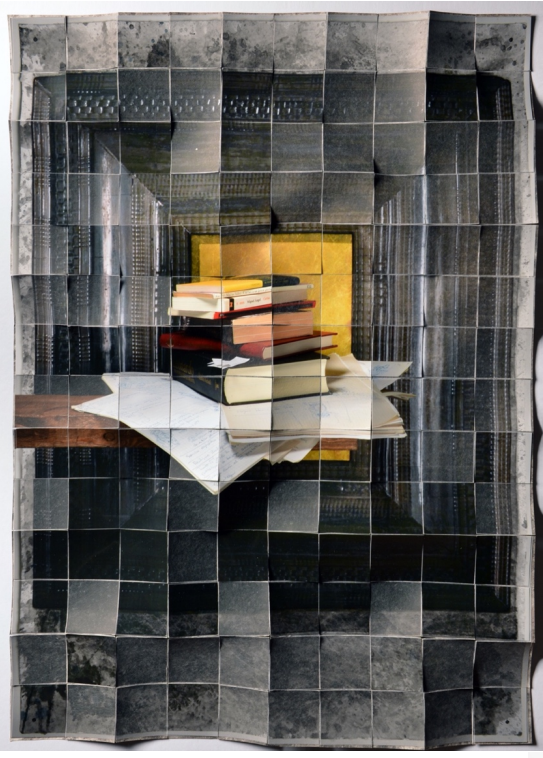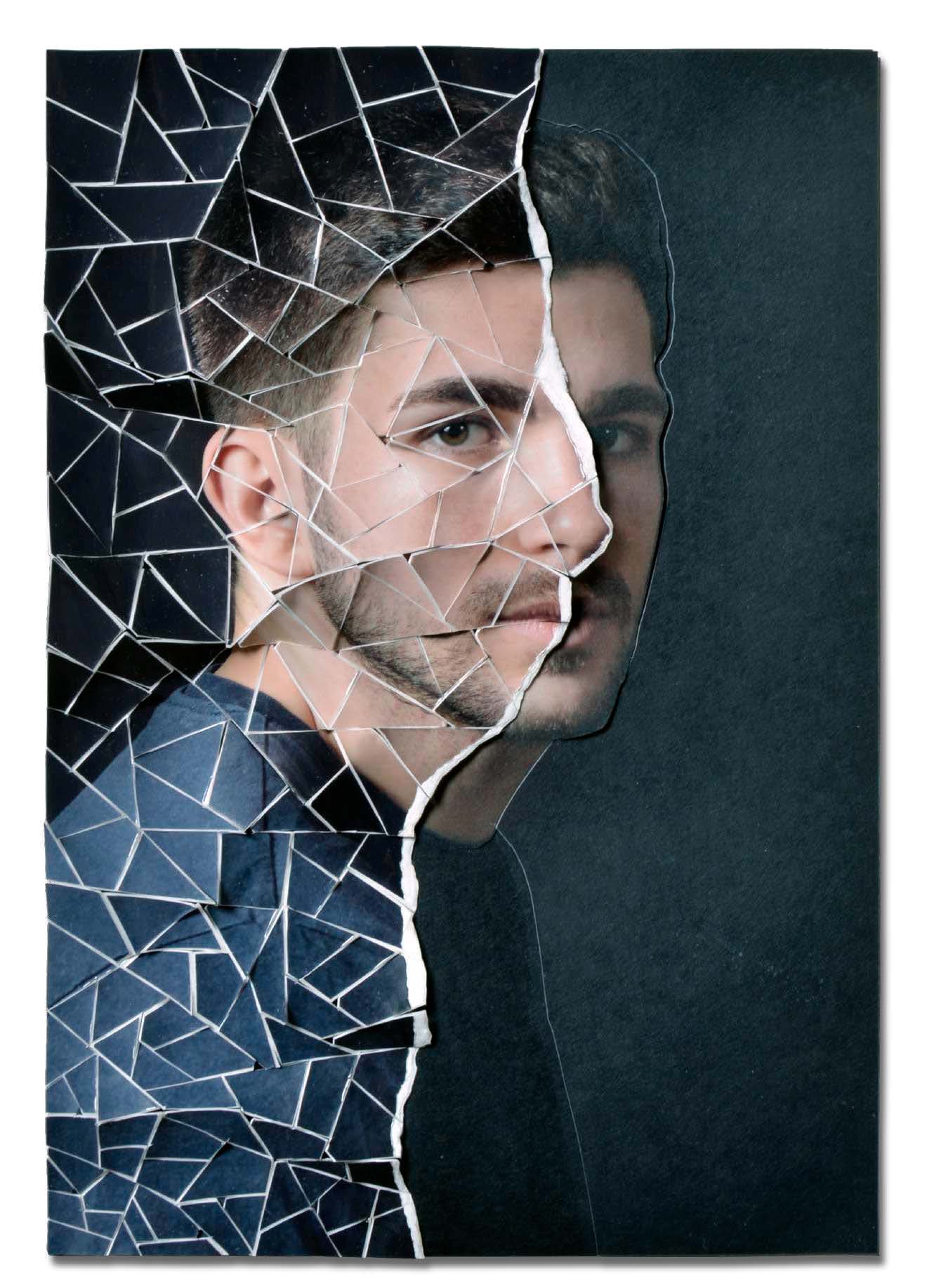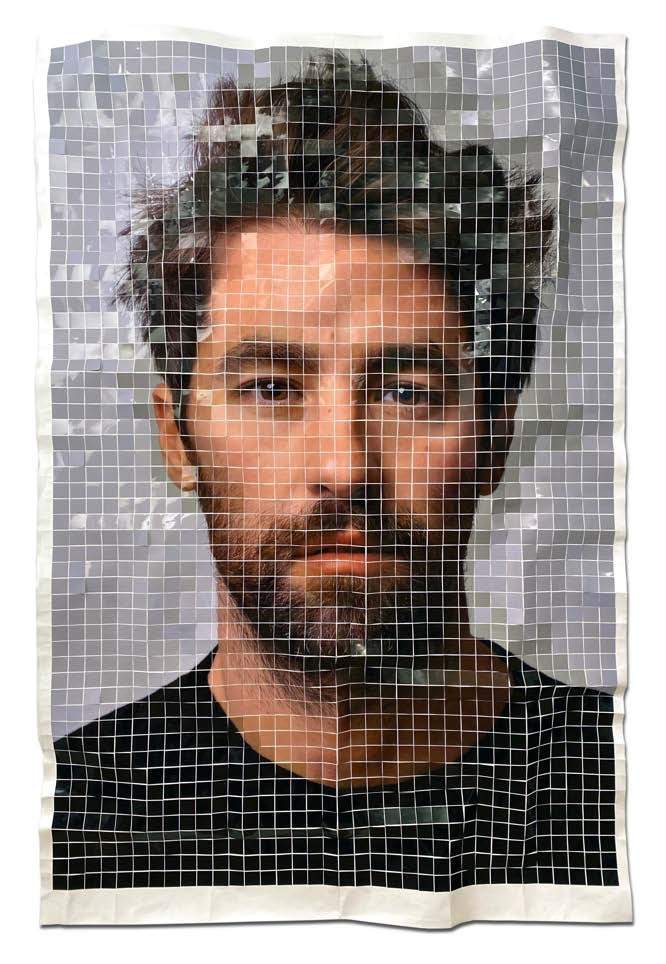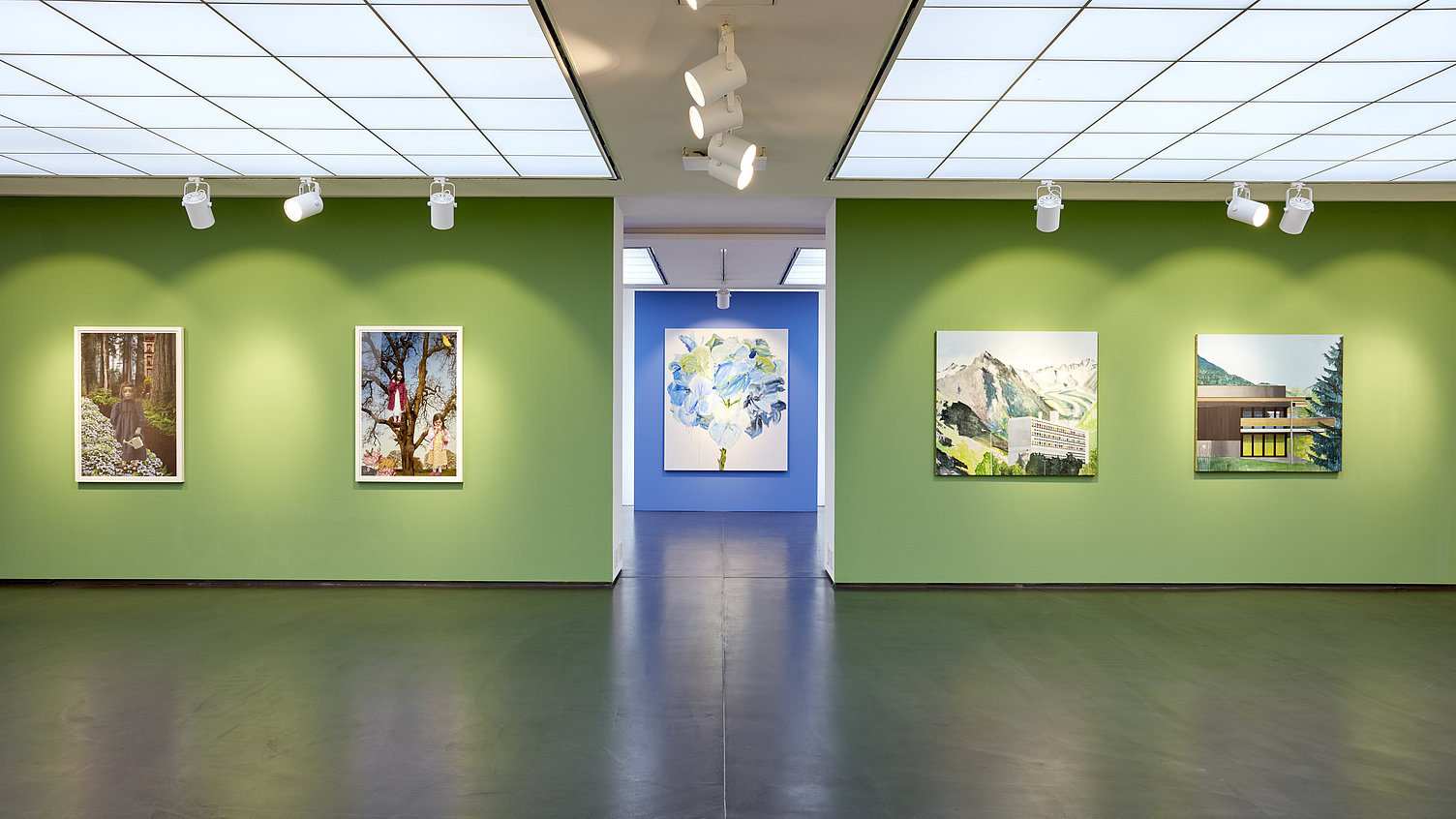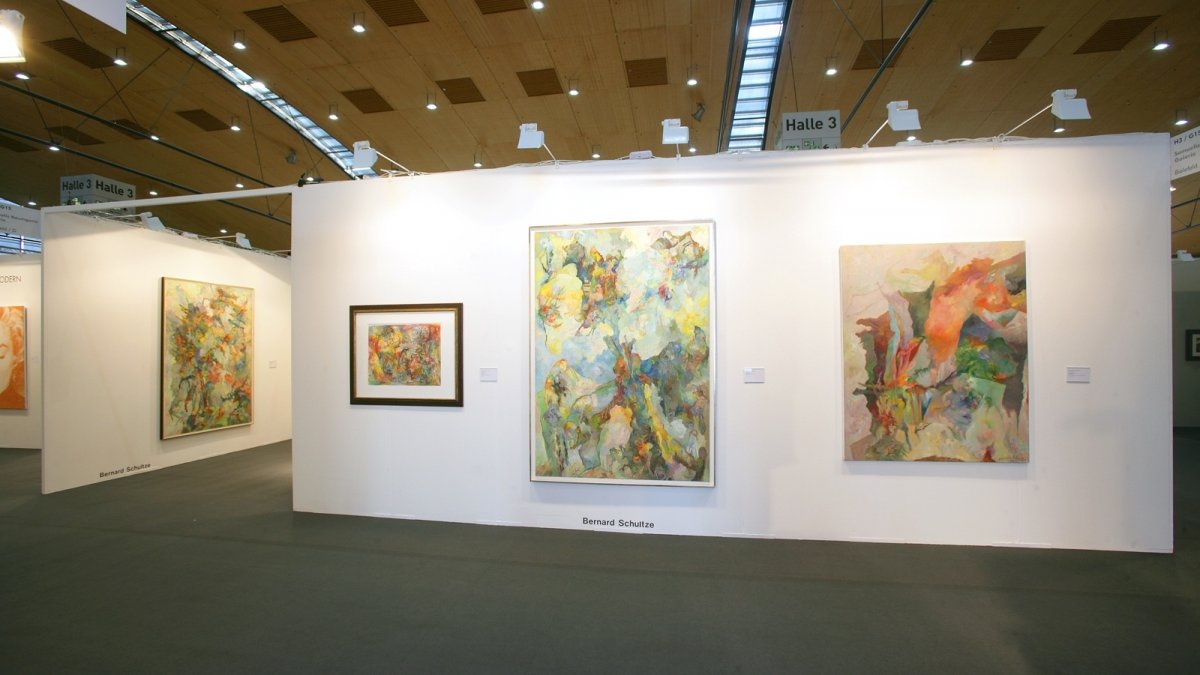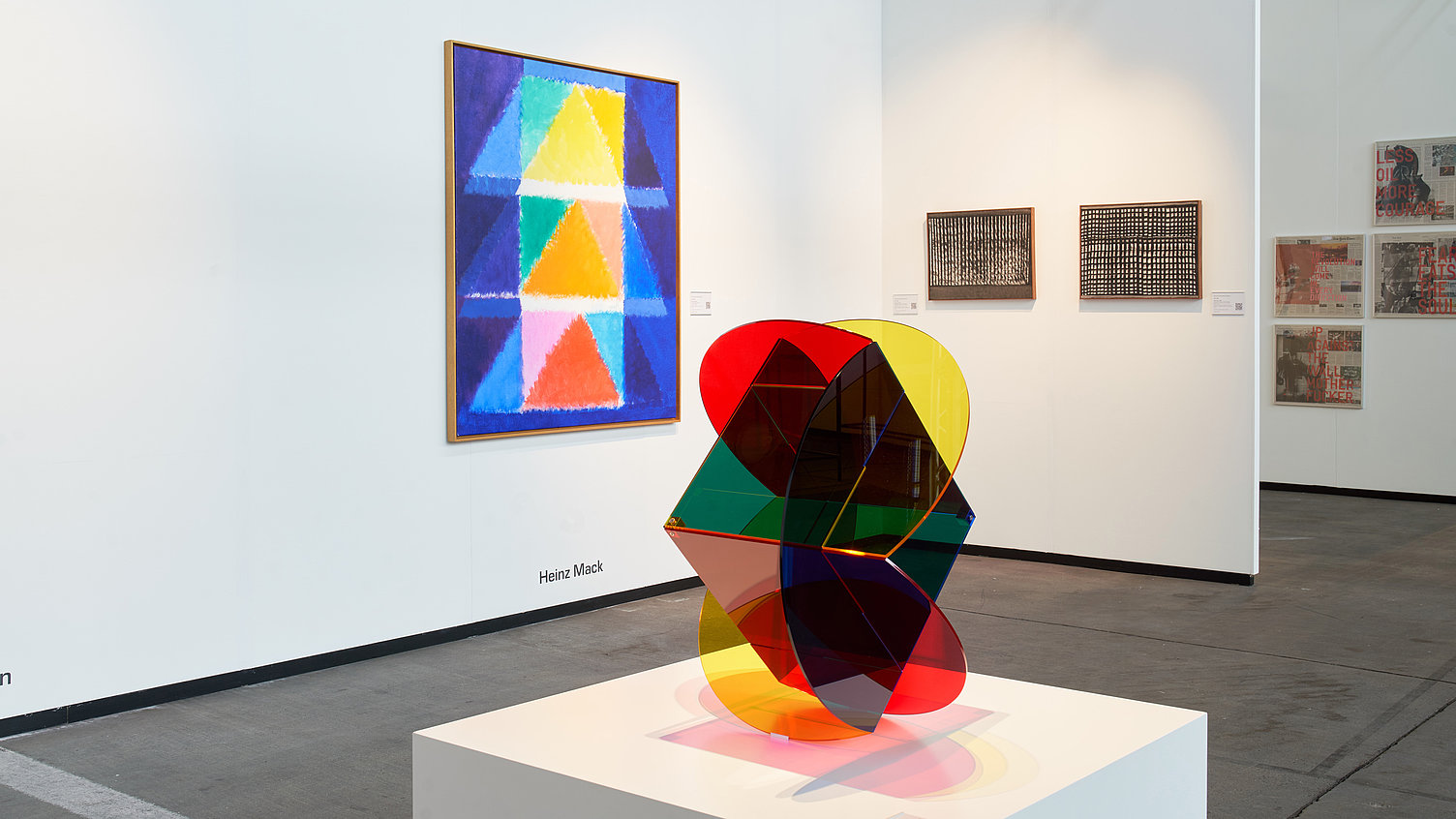Germán Gómez
Biografie
Germán Gómez wurde 1972 in Gijón, Spanien, geboren und lebt und arbeitet in Madrid, wo er auch an der Universität Complutense studiert hat. Sein Studium schloss er mit dem Master ab. Er wird international in zahlreichen bedeutenden Ausstellungen gewürdigt, in Europa, in Asien so wie in den USA und Lateinamerika, und er hat eine Reihe wichtiger Kunstpreise gewonnen. Mit seinem Werk steht er in einer von der deutschen Künstlerin Annegret Soltau gegründeten Tradition der „Vernähten Fotos“, die diese seit 1975 in verschiedenen Varianten herstellt und die dann auch Andy Warhol in den 80er Jahren aufnahm. Alle drei Künstler sind aber, trotz einiger Gemeinsamkeiten, in ihrem Ansatz verschieden.
Während bei Soltau körperliche Prozesse in die Bilder mit einbezogen werden, um Körper und Geist als gleichwertig zu verbinden und dem fotografischen Medium etwas Haptisches und Textiles ergänzend beizufügen, steht bei Warhol im Vordergrund, die textile Technik als Metapher für Verbindung und Zusammenhang zu bestimmen. Germán Gómez ist in dieser Weiterentwicklung der Collage- und Assemblage-Technik am weitesten fortgeschritten. Bei ihm ist die Vernähung eine Bekräftigung des Individuellen und des Einzigartigen. Jede Arbeit ist ein Unikat, obwohl sie auf reproduzierten Elementen beruht. Stets behandelt er die männliche Gestalt, als ganzfigurigen Rückenakt oder auch als Profilporträt des Kopfes. Zumeist in verschobenen Doppelungen oder reparierten Fragmentarisierungen konzipiert, besorgt das Vernähen die Re-Integration des Körpers. Manchmal bleiben die Risse stärker sichtbar, wie in der Serie „De padres y de hijos“ (Von Vätern und Söhnen), manchmal stehen die Nähte näher im Vordergrund, manchmal ergibt sich eine fast integrale Oberfläche wie in einigen Werken der „Condenado“-Serie (Die Verdammten).
Letztere ist von Michelangelos Deckenfresko in der Sixtinischen Kapelle beeinflusst. Die Gestalten bei Michelangelo dienen jedoch narrativen Zwecken, bei Gómez werden sie zu lebensgroßen Individuen, die von den Verletzungen durch das moderne Leben künden. Man darf aber auch an die „Patchwork“-Identität (Heiner Keupp) des zeitgenössischen Menschen denken. Identität, auch im Sinne von Authentizität und Originalität, ist schon von Goethe hinterfragt worden (Zahme Xenien, 1797: „Vom Vater hab ich die Statur …“) und steht heute in Ermangelung einer zentralen Identität stiftenden Kraft weiter in der Frage. Kunst selbst kann, und diese Funktion spielt hier auch eine Rolle, zu einem eigenen Identitätsentwurf aktiviert werden.
Die Auffächerung etwa der Gesichter bringt natürlich auch die Vielschichtigkeit menschlicher Antriebe zur Diskussion, in der Metapher vom Gesicht als Spiegel der Seele aufgehoben. Und in Oscar Wilde’s „Bildnis des Dorian Gray“, mit dem die Gesichter bei Gómez sehr viel zu tun haben. Die Dorian Grays bei Gómez sind aber dem Betrachter unbekannt, und sie bleiben es auch. Aber in den Spuren in ihren Gesichtern berühren sie alle die darunterliegende, identische Tiefenstruktur.
In den Arbeiten ist die Qualität des Lichts auf den Oberflächen fast taktil, eine Überlagerung von Texturen und Falten, die den Objektwert einiger Fotografien verstärkt, die in der Lage sind, Bilder so in Volumen zu wandeln (...) Sein Ansatz ist zwar fotografisch, aber absorbierend in seinem Entwicklungsprozess von Skulptur und Zeichnung.

Ausstellungen
Messen
Museumsausstellungen (Auswahl)
Die Werke des Künstlers werden in diversen Ausstellungen und auf vielen internationalen Messen gezeigt, wie: Museum für Moderne Kunst in Barranquilla, Kolumbien; Museum für Moderne Kunst, Guatemala; Museum der Schönen Künste, Sao Paulo; Spanischer Pavillon auf der Biennale XXIV in Alexandria, Ägypten; Pinta, London; ARCO, Madrid; KIAF, Seoul; Scope, Basel; Art Stage, Singapur; ART, Chicago; Palm Beach Contemporary, Florida.



